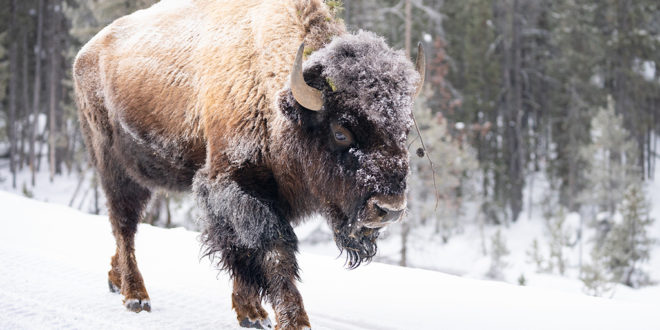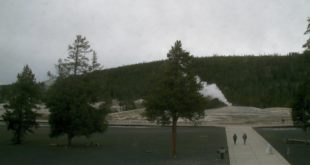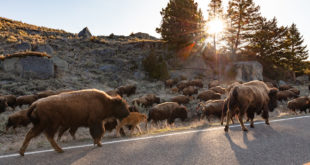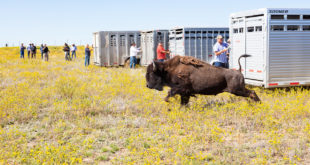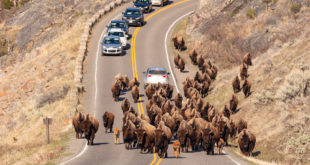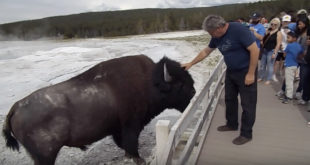U.S. District Court Judge Randolph D. Moss ordered the U.S. Fish and Wildlife Service to revisit Yellowstone bison protections under the Endangered Species Act, ruling that FWS improperly rejected evidence submitted by bison protection advocates.
The ruling was not based on any interpretation of the Endangered Species Act; rather, Moss ruled in his 33-page memorandum opinion that the FWS improperly denied the evidence and did not address the arguments raised by Buffalo Field Campaign and Western Watersheds Project. Their scientific argument is that there are two separate and genetically distinct herds of bison—the Central Interior Herd (which tends to congregate along the Madison River) and Northern Herd (which tends to congregate in the Lamar Valley and Yellowstone River)—in Yellowstone National Park. According to the groups, the current Interagency plan treats bison as a single herd, failing to provide safeguards to maintain both herds as distinct and isolated units, and the Central Interior Herd may already be too small to maintain its viability from a genetic standpoint.
“It is concerning, to be sure, that over seven years have now passed since the 2014 petition was filed,” Moss wrote. “But it remains unclear whether sufficient basis exists to proceed to the next stage of the ESA process, and in light of the substantial amount of work done to date, the Service should be able to answer that question promptly.”
There are currently 5,400 Yellowstone bison today, with 3,500 bison slaughtered in the last five years in an attempt to prevent brucellosis transmission to local livestock. But the science behind potential brucellosis transmission to local livestock is questionable; there are no known cases of transmission from bison to domestic cattle. The goal, according to bison advocates, should be a goal of 3,000 members in each herd, thus extending Yellowstone bison protections individually to each herd.
 Yellowstone Insider Your Complete Guide to America's First National Park
Yellowstone Insider Your Complete Guide to America's First National Park
